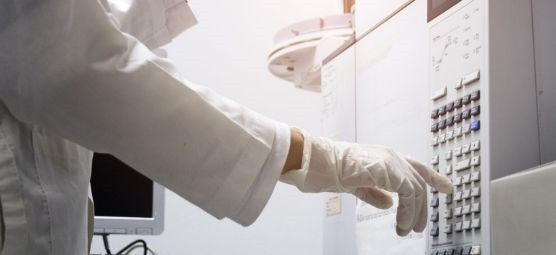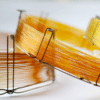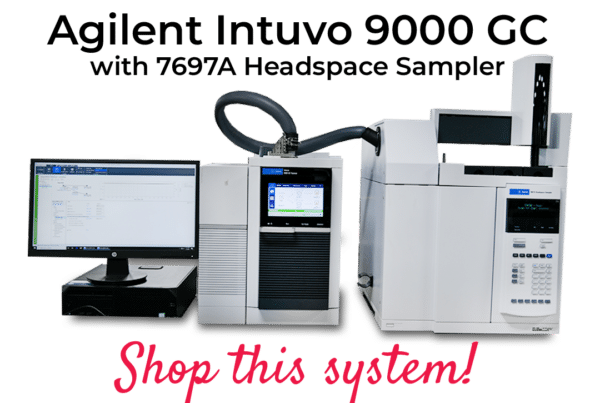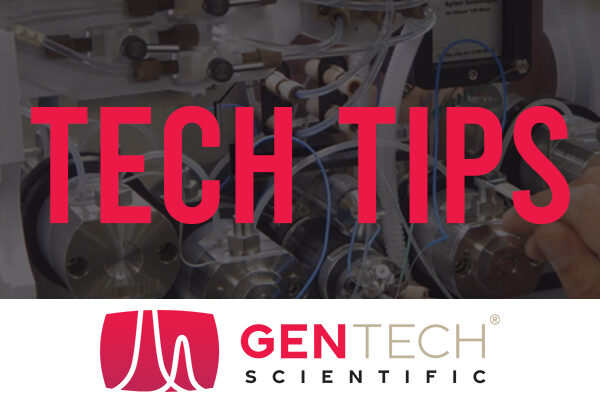In 1903 Mikhail Tsvet completed the first known chromatography experiment with the paper chromatography method. Scientists throughout the world were intrigued by Tsvet’s work, and his findings ultimately led to the birth of several other chromatography methods, such as gas and high-performance liquid chromatography. However, gas chromatography (GC) is one of the most useful methods for research in multiple industries today, which is why it’s important to understand the evolution of gas chromatography.
Research in the 1950s
With Tsvet’s research and other findings from theorists like Erika Cremer throughout the decades, the idea of gas chromatography became a reality through the work of Archer Martin and Anthony James. Once Martin and James found that gas chromatography would be beneficial for research, manufacturers began to adopt the concept and develop products.
The Original Manufacturers
In 1955 Perkin-Elmer developed the first gas chromatograph for researchers to employ chromatography techniques. However, Perkin-Elmer’s chromatograph wasn’t easily accessible or user-friendly at the time, so GOW-MAC later developed gas chromatography.
Like any other innovation, gas chromatography improved over years of intense research, and manufacturers adjusted accordingly. For instance, Perkin-Elmer only a few years later updated their original chromatograph and developed what was called the Model 222, which combined their original model with a heat-resistant column. At this point, the method of chromatography was gaining traction, and more and more companies began to innovate their own machines. In 1973 HP developed their version of a gas chromatograph that included a microprocessor. As time went on, companies like Perkin-Elmer, GOW-MAC, and HP continued improving their gas chromatography machines until they resembled the machines we use today.
How We Use Gas Chromatography Today
Originally, Mikhail Tsvet used a paper chromatography technique to separate pigments; gas chromatography took Tsvet’s technique a little further. Today gas chromatography helps researchers in various industries separate mixtures into their respective compounds. For instance, gas chromatography is common in food and beverage analysis in addition to pharmaceutical research, forensics, and more.
The evolution of gas chromatography originated from the research of Mikhail Tsvet and Erika Cremer. From that research, Martin and James were able to develop the foundations of gas chromatography, which have benefited laboratories and scientists significantly over the years. Lab equipment manufacturers throughout the world innovated and improved their machines and continue to do so.
If your lab is searching for a gas chromatography machine for sale, let our lab solutions specialists guide you in the right direction. GenTech Scientific has been in business for over twenty years and our industry expertise, integrity, and fair prices have made us a trusted partner since 1996. In addition, we offer individualized customer service with all of our equipment because we personally refurbish and test every machine we sell. Contact us today for more information.







